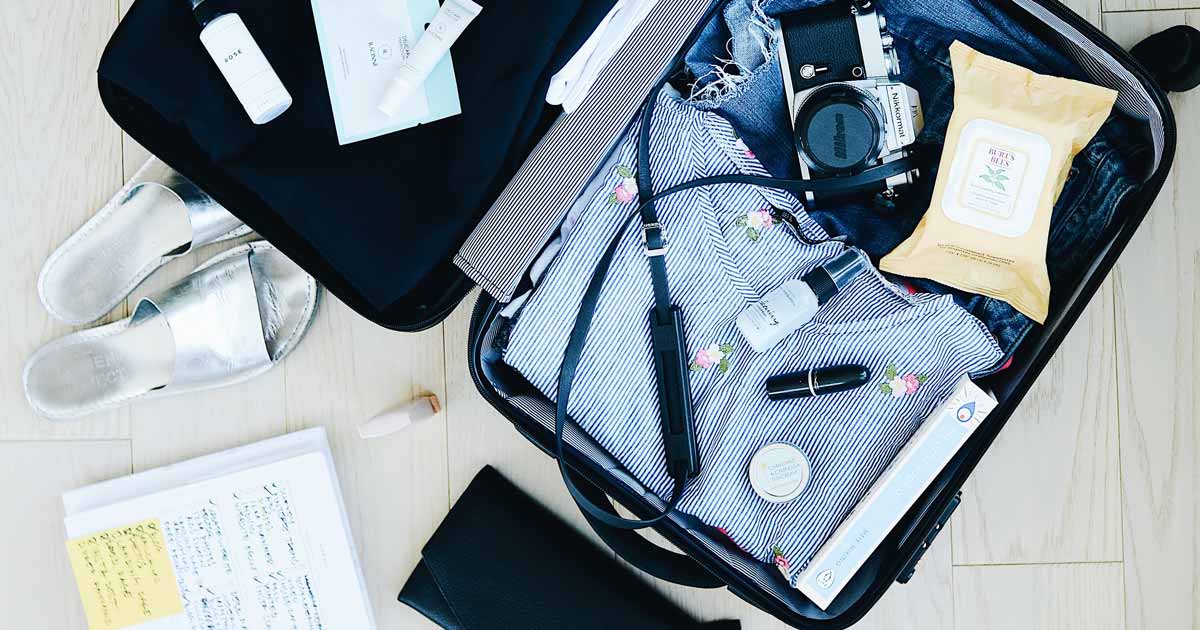Germ Facts Every Traveler Should Know
Getting sick on the trip of a lifetime could be a major disappointment. While some things can't be avoided, taking care to avoid germs that may carry bacteria or viruses could go a long way as a preventive measure. We take airplanes, taxis and rental cars, and stay in countless hotel rooms, exposing ourselves to an incredible number of germs. Yet there are steps we could take to reduce exposure.
"Germs are everywhere, but when you go on airplanes and stay in hotels, you are exposed to some germ hotbeds," explains expert traveler Tina Aldatz, chief executive officer of travel wellness company Savvy Travelers. "The good news is that if you are savvy about the travel you are doing, you can plan ahead, be prepared, and help minimize the germ risks."
According to the Centers for Disease Control and Prevention (CDC), the average adult gets two or three colds per year, and they generally last seven to 10 days each. That's a lot of time to spend feeling under the weather. The flu virus can live on hard surfaces for up to eight hours. The CDC also reports that cleaning and disinfecting surfaces and objects that may be contaminated with germs can help prevent the flu from spreading. Keeping this information in mind, here are some tips regarding some of the most germ-laden places people come across while traveling.
- Planes. The number of germs found on airplanes is eye-opening. The tray table alone has over 2,000 colony forming units of germs per square inch. The places on planes with the most germs are tray tables, seat belts, airplane restrooms and overhead air vents. In the airport, the drinking fountain buttons are the worst offenders. Wiping down your tray with an anti-bacterial wipe as soon as you get on board will make mealtime cleaner and keep germs from transferring to your belongings if you rest them on the table.
- Public restrooms. Restrooms—especially those not cleaned often enough—are notorious for having a lot of germs in them. While traveling, people are bound to come across restrooms that are harboring thousands of germs. The most germ-laden places tend to be the door handles, flush handles and sink areas. Use a paper towel to touch these, instead of your bare hands, or give your hands a quick rub with hand sanitizer after leaving the restroom (in addition to washing your hands).
- Cellphones. Think about all of the places that people take their cellphones, and then about how often they take the time to clean them. That explains why they are believed to have more germs than a toilet. In fact, the University of Arizona reports that they carry 10 times more germs than a toilet seat. Wiping down your cellphone and other tech items will help to prevent germ transfer.
- Hotel rooms. Research has shown that the things with the most germs in a hotel room include the remote control for the television and the light switch for the light next to the bed. Again, a package of anti-bacterial wipes could help quickly clean up your room. Another tip: Bring a plastic bag for the remote control. The remote will work just as well from within the plastic, and you won't have to touch one of the germiest items in the room.
- ATMs. While germs don't last long on hard plastic surfaces, some ATMs have hundreds of fingers touching them each day. Money, too, is known to harbor germs and bacteria from all of the hands that touch it. Give your hands a quick antibacterial wipe down after using the ATM.
A little common sense goes a long way, too. Washing hands thoroughly after using the restroom, before eating and before touching your face to brush your teeth, put in contact lenses, or any other sort of hygiene tasks could get rid of a lot of unwanted germs.
Courtesy of Groups Today.



